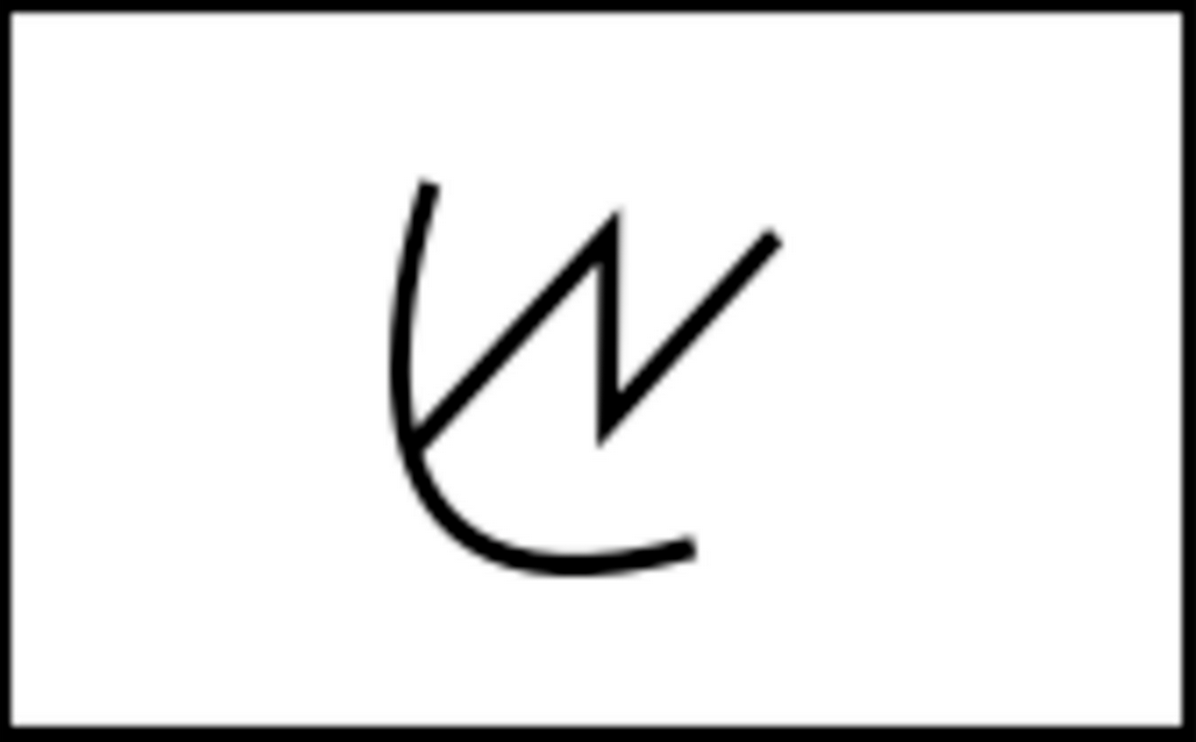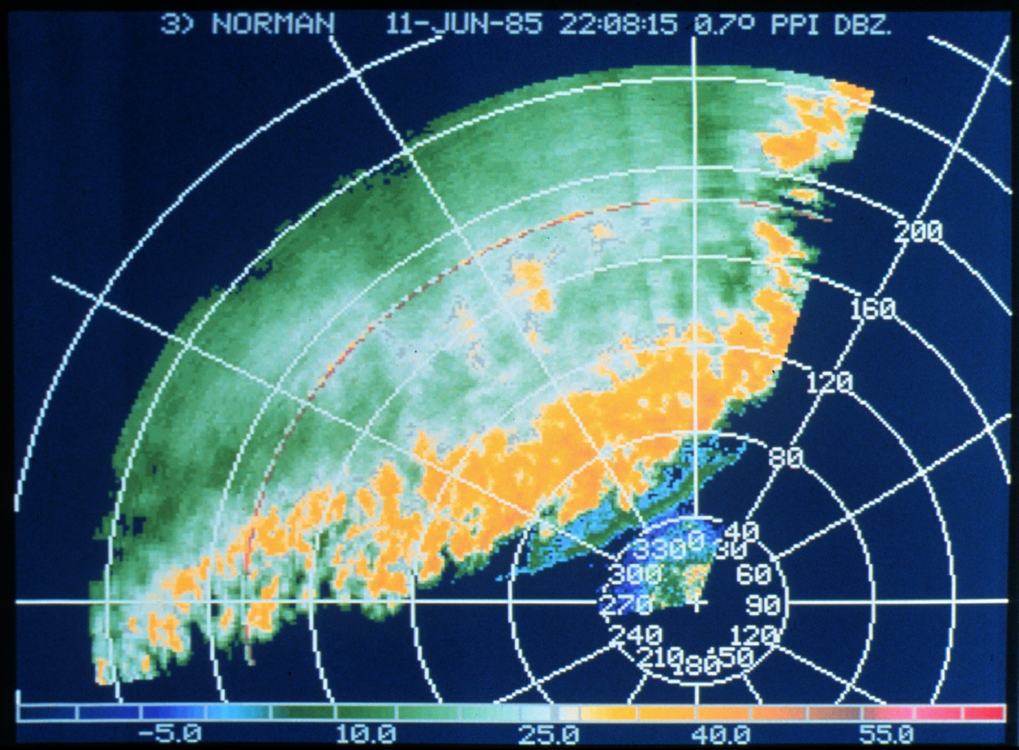
| Version | Summary | Created by | Modification | Content Size | Created at | Operation |
|---|---|---|---|---|---|---|
| 1 | Rita Xu | -- | 1358 | 2022-11-16 01:31:11 |
Video Upload Options
Radar configurations and types is an article about listing the different uses of radars.
1. Configurations
Radar come in a variety of configurations in the emitter, the receiver, the antenna, wavelength, scan strategies, etc.
- Bistatic radar
- Continuous-wave radar
- Doppler radar
- Fm-cw radar
- Monopulse radar
- Passive radar
- Planar array radar
- Pulse-doppler
- Synthetic aperture radar
- Synthetically thinned aperture radar
- Over-the-horizon radar with Chirp transmitter
2. Detection and Search Radars
Search radars scan great volumes of space with pulses of short radio waves. They typically scan the volume two to four times a minute. The waves are usually less than a meter long. Ships and planes are metal, and reflect radio waves. The radar measures the distance to the reflector by measuring the time of the roundtrip from emission of a pulse to reception, dividing this by two, and then multiplying by the speed of light. To be accepted, the received pulse has to lie within a period of time called the range gate. The radar determines the direction because the short radio waves behave like a search light when emitted from the reflector of the radar set's antenna.
Search
- Early Warning (EW) Radar Radar Systems
- Ground Control Intercept (GCI) Radar
- Airborne Early Warning (AEW)
- Airborne ground surveillance (AGS)
- Over-the-Horizon (OTH) Radar
- Target Acquisition (TA, TAR) Radar Systems
- Surface-to-Air Missile (SAM) Systems
- Anti-Aircraft Artillery (AAA) Systems
- Surface Search (SS) Radar Systems
- Surface Search Radar
- Coastal Surveillance Radar
- Harbour Surveillance Radar
- Antisubmarine Warfare (ASW) Radar
- Height Finder (HF) Radar Systems
- Gap Filler Radar Systems
3. Targeting Radars
Targeting radars utilize the same principle but scan smaller volumes of space far more often, usually several times a second or more, while a search radar will scan a larger volume less frequently. Missile lock-on describes the scenario where a targeting radar has acquired a target, and the fire control can calculate a path for the missile to the target; in semi-active radar homing systems, this implies that the missile can "see" the target that the targeting radar is "illuminating". Some targeting radars have a range gate that can track a target, to eliminate clutter and electronic countermeasures.
3.1. Missile Guidance Systems
- Air-to-Air Missile (AAM)
- Air-to-Surface Missile (ASM)
- Surface-to-air missile (SAM) Systems
- Surface-to-Surface Missiles (SSM) Systems
3.2. Others
- Target Tracking (TT) Systems
- AAA Systems
- Multi-Function Systems
- Fire Control (FC) Systems
- Acquisition Mode
- Semiautomatic Tracking Mode
- Manual Tracking Mode
- Airborne Intercept (AI) Radars
- Search Mode
- TA Mode
- TT Mode
- Target Illumination (TI) Mode
- Missile Guidance (MG) Mode
- Active electronically scanned array (AESA)
- Fire Control (FC) Systems
3.3. Battlefield and Reconnaissance Radar

- Battlefield Surveillance Systems
- Counter-battery radar
- Battlefield Surveillance Radars
- Tactical Radar Identification and Location System
- Countermortar/Counterbattery Systems
- Shell Tracking Radars
- Air Mapping Systems
- Side looking airborne radar (SLAR)
- Synthetic Aperture Radar (SAR)
- Perimeter Surveillance Radar (PSR)
- Red Dawn Radar System
- Ground Surveillance Radar[1]
- Man portable radar
4. Instrumentation Radars
Instrumentation radars are used to test aircraft, missiles, rockets, and munitions on government and private test ranges. They provide Time, Space, Position, Information (TSPI) data both for real time and post processing analysis.[2]
Repurposed NASA and military radars
- AN/FPS-16
- MPQ-33/39
- MPA-25
- FPS-134
- FPS-14
- TPQ-18
- FPQ-17
Commercial off-the-shelf (COTS)
- Weibel MFTR series
- Weibel MSL series
- Weibel SL series
Custom
- AN/MPS-39 Multi-Object Tracking Radar (MOTR)
- TAMTS
- BAE Rule
- ROTR
- ROSA
- ROSA II
- COSIP
- Dynetics MRS
5. Fuzes and Triggers
Radar proximity fuzes are attached to anti-aircraft artillery shells or other explosive devices, and detonate the device when it approaches a large object. They use a small rapidly pulsing omnidirectional radar, usually with a powerful battery that has a long storage life, and a very short operational life. The fuzes used in anti-aircraft artillery have to be mechanically designed to accept fifty thousand g, yet still be cheap enough to throw away.
6. Weather-Sensing Radar Systems
Weather radars can resemble search radars. This radar uses radio waves along with horizontal, dual (horizontal and vertical), or circular polarization. The frequency selection of weather radar is a performance compromise between precipitation reflectivity and attenuation due to atmospheric water vapor. Some weather radars uses doppler shift to measure wind speeds and dual-polarization for identification of types of precipitations.
- Weather radar
- Wind profilers
- Millimetre cloud radar
- CODAR



Navigational radars resemble search radar, but use very short waves that reflect from earth and stone. They are common on commercial ships and long-distance commercial aircraft.
Marine radars are used by ships for collision avoidance and navigation purposes. The frequency band of radar used on most ships is x-band (9 GHz/3 cm), but s-band (3 GHz/10 cm) radar is also installed on most oceangoing ships to provide better detection of ships in rough sea and heavy rain condition. Vessel traffic services also use marine radars (x or s band) for tracking ARPA and provides collision avoidance or traffic regulation of ships in the surveillance area.
General purpose radars are increasingly being substituted for pure navigational radars. These generally use navigational radar frequencies, but modulate the pulse so the receiver can determine the type of surface of the reflector. The best general-purpose radars distinguish the rain of heavy storms, as well as land and vehicles. Some can superimpose sonar and map data from GPS position.
Air traffic control uses primary and secondary radars. Primary radars are a "classical" radar which reflects all kind of echoes, including aircraft and clouds. Secondary radar emits pulses and listens for special answer of digital data emitted by an Aircraft Transponder as an answer. Transponders emit different kind of data like a 4 octal ID (mode A), the onboard calculated altitude (mode C) or the Callsign (not the flight number) (mode S). Military use transponders to establish the nationality and intention of an aircraft, so that air defenses can identify possibly hostile radar returns. This military system is called IFF (Identification Friend or Foe).

- Air Traffic Control (ATC) Radars
- Secondary Surveillance Radar (SSR) (Airport Surveillance Radar)
- Ground Control Approach (GCA) Radars
- Precision Approach Radar (PAR) Systems
- Distance Measuring Equipment (DME)
- Radio Beacons
- Radar Altimeter (RA) Systems
- Terrain-Following Radar (TFR) Systems
- Radar altimeters measure an aircraft's true height above ground.
7.2. Space and Range Instrumentation Radar Systems
- Space (SP) Tracking Systems
- Range Instrumentation (RI) Systems
- Video Relay/Downlink Systems
- Space-based radar
- Incoherent scatter
8. Mapping Radars
Mapping radars are used to scan a large region for remote sensing and geography applications. They generally use synthetic aperture radar, which limits them to relatively static targets, normally terrain.
Specific radar systems can sense a human behind walls. This is possible since the reflective characteristics of humans are generally more diverse than those of the materials typically used in construction. However, since humans reflect far less radar energy than metal does, these systems require sophisticated technology to isolate human targets and moreover to process any sort of detailed image. Through-the-wall radars can be made with Ultra Wideband impulse radar, micro-Doppler radar, and synthetic aperture radar (SAR).[3]
- Imaging radar
- 3D radar
9. Speed Radar
- Radar gun, for traffic policing and as used in some sports
10. Radars for Biological Research
Radar range and wavelength can be adapted for different surveys of bird and insect migration and daily habits. They can have other uses too in the biological field.
- "MERLIN Avian Radar System for Bird Activity Monitoring and Mortality Risk Mitigation". http://www.radarmeteo.com/documentazione/MERLIN_Avian_Radar_System.pdf.
- Insect radar
- Surveillance radar (mostly X and S band, i.e. primary ATC Radars)
- Tracking radar (mostly X band, i.e. Fire Control Systems)
- Wearable radar and miniature radar systems are used as electric seeing aids for the visually impaired, as well as early warning collision detection and situational awareness.
References
- "AN/PPS-5B Ground Surveillance Radar Set". Federation of American Scientists. 1998-09-12. http://www.fas.org/man/dod-101/sys/land/an-pps-5.htm.
- Nessmith, Josh T. (November 1976). "Range Instrumentation Radars". IEEE Transactions on Aerospace and Electronic Systems 12 (6): 756–766. doi:10.1109/TAES.1976.308354. Bibcode: 1976ITAES..12..756N. https://dx.doi.org/10.1109%2FTAES.1976.308354
- Through-the-wall radar http://www.emeraldinsight.com/Insight/viewContentItem.do?contentType=Article&hdAction=lnkhtml&contentId=1733138&dType=SUB&history=false




